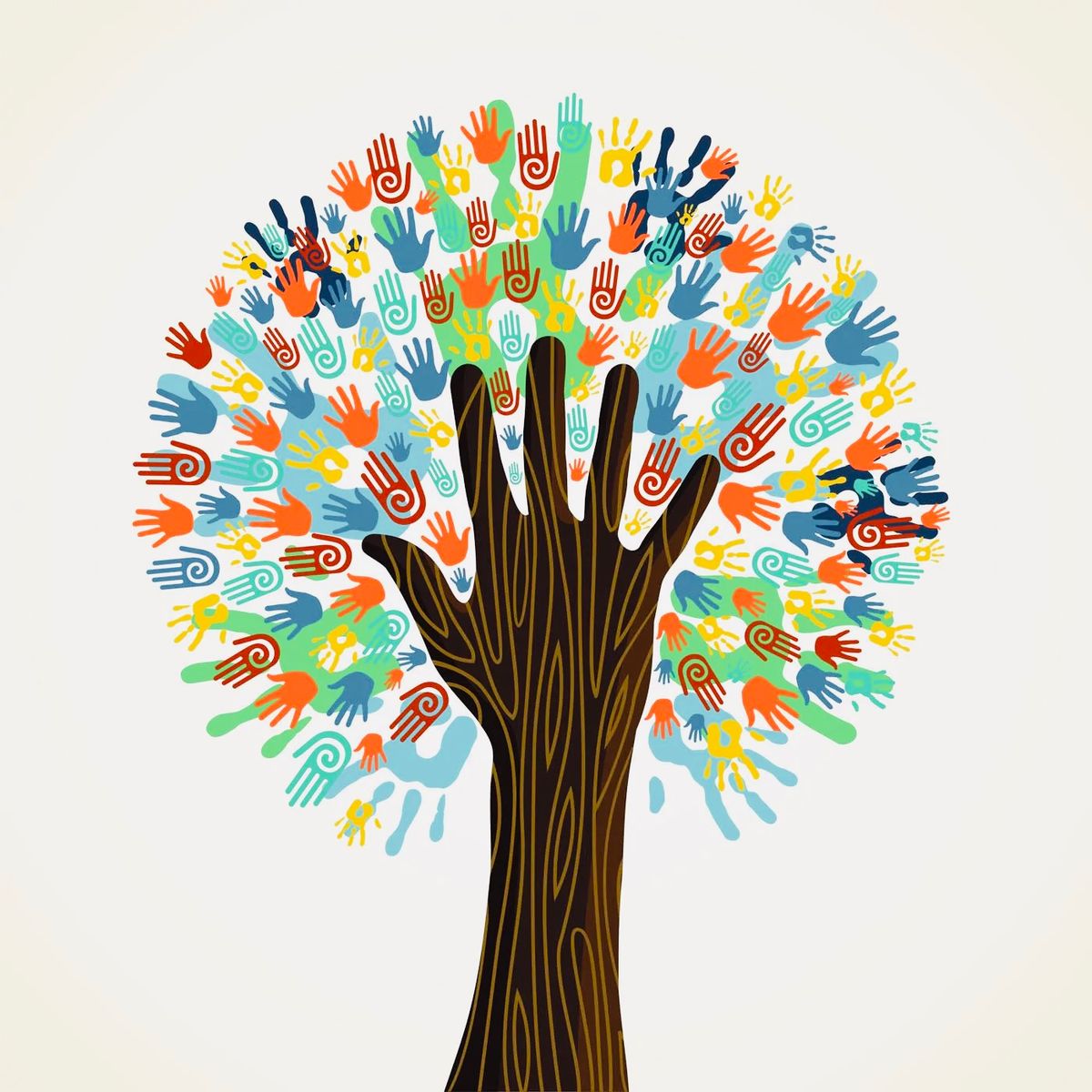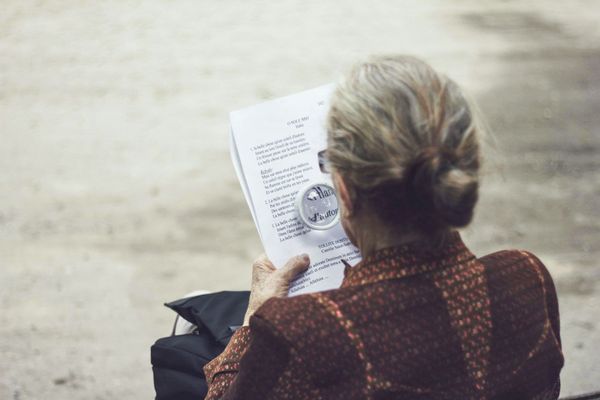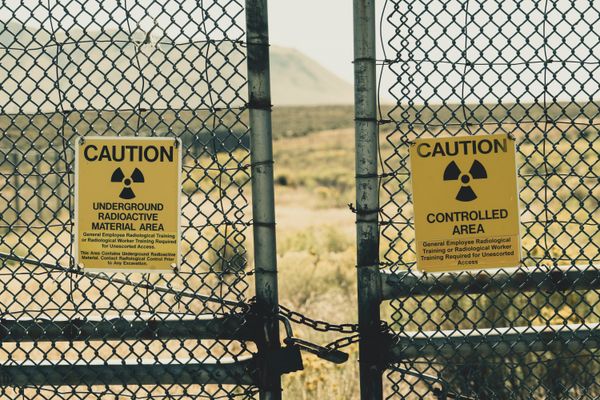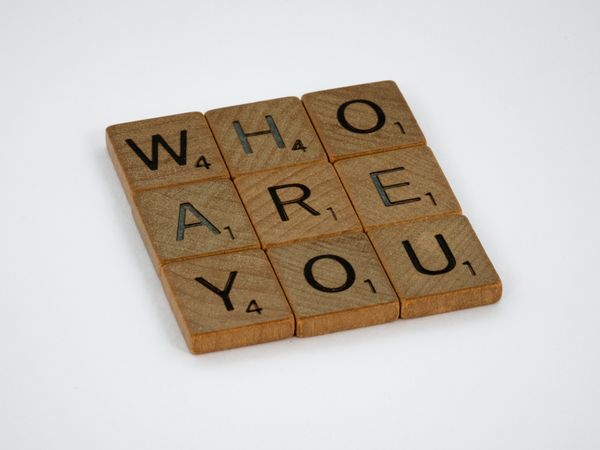Should a person feel discriminated against because of a protected characteristic (PC), they are supported by the Equality Act 2010.
Harmonisation of definition when gathering data for the nine PCs is an ongoing challenge. There is currently no panacea for this data; however, by using several quality sources, a measure of the UK's population can glance
For reference, each PC has been alphabetised below, followed by the Act's definition and most up-to-date statistics.
Age
(1) In relation to the protected characteristic of age—
(a) a reference to a person who has a particular protected characteristic is a reference to a person of a particular age group;
(b) a reference to persons who share a protected characteristic is a reference to persons of the same age group.
(2) A reference to an age group is a reference to a group of persons defined by reference to age, whether by reference to a particular age or to a range of ages.
2021, UK, WB = 67.26m: 0-14 yrs (17.62%), 15-64 yrs (63.53%), +65 yrs (18.85%)
Disability
(1) A person (P) has a disability if—
(a) P has a physical or mental impairment, and
(b) the impairment has a substantial and long-term adverse effect on P's ability to carry out normal day-to-day activities.
(2) A reference to a disabled person is a reference to a person with a disability.
(3) In relation to the protected characteristic of disability—
(a) a reference to a person who has a particular protected characteristic is a reference to a person who has a particular disability;
(b) a reference to persons who share a protected characteristic is a reference to persons who have the same disability.
2020/21, UK, ONS = Mobility (1st), Mental Health (2nd), Stamina/Breathing/Fatigue (3rd), Other (4th), Dexterity (5th), Learning (6th), Memory (7th), Social/Behavioural (8th), Vision (9th), Hearing (10th)
Gender reassignment
(1) A person has the protected characteristic of gender reassignment if the person is proposing to undergo, is undergoing or has undergone a process (or part of a process) for the purpose of reassigning the person's sex by changing physiological or other attributes of sex.
(2) A reference to a transsexual person is a reference to someone with the protected characteristic of gender reassignment.
(3) In relation to the protected characteristic of gender reassignment—
(a) a reference to a person who has a particular protected characteristic is a reference to a transsexual person;
(b) a reference to persons who share a protected characteristic is a reference to transsexual persons.
2018, UK, GEO = 200,000 to 500,000 (est.)
Marriage and civil partnership
(1) A person has the protected characteristic of marriage and civil partnership if the person is married or is a civil partner.
(2) In relation to the protected characteristic of marriage and civil partnership—
(a) a reference to a person who has a particular protected characteristic is a reference to a person who is married or is a civil partner;
(b) a reference to persons who share a protected characteristic is a reference to persons who are married or are civil partners.
2020, UK, ONS = Single (26,384,831), Married (23,516,299), Divorced (3,730,643), Widowed (3,192,610), Civil Partnership (123,847)
Pregnancy and maternity
Pregnancy is the condition of being pregnant or expecting a baby. Maternity refers to the period after birth and is linked to maternity leave in the employment context. In the non-work context, protection against maternity discrimination is for 26 weeks after giving birth, including treating a woman unfavourably because she is breastfeeding.
2019/20, UK, ONS = Live Births (681,560), Crude Birth Rate (10.7 per 1k pop.), Fertility Rate (1.56 children per mother)
Ethnicity (written as "Race" in the Equality Act 2010)
(1) Race includes—
(a) colour;
(b) nationality;
(c) ethnic or national origins.
(2) In relation to the protected characteristic of race—
(a) a reference to a person who has a particular protected characteristic is a reference to a person of a particular racial group;
(b) a reference to persons who share a protected characteristic is a reference to persons of the same racial group.
(3) A racial group is a group of persons defined by reference to race, and a reference to a person's racial group is a reference to a racial group into which the person falls.
(4) The fact that a racial group comprises two or more distinct racial groups does not prevent it from constituting a particular racial group.
2011, UK, CIA = White (87.2%), Other (3.7%), Black (3%), Asian/Asian British: Indian (2.3%), Mixed (2%), Asian/Asian British: Pakistani (1.9%)
Religion or Belief
(1) Religion means any religion and a reference to religion includes a reference to a lack of religion.
(2) Belief means any religious or philosophical belief and a reference to belief includes a reference to a lack of belief.
(3) In relation to the protected characteristic of religion or belief—
(a) a reference to a person who has a particular protected characteristic is a reference to a person of a particular religion or belief;
(b) a reference to persons who share a protected characteristic is a reference to persons who are of the same religion or belief.
2011, UK, CIA = Christian (59.5%), None (25.7%), Unspecified (7.2%), Muslim (4.4%), Other (2%), Hindu (1.3%),
Sex
In relation to the protected characteristic of sex—
(a) a reference to a person who has a particular protected characteristic is a reference to a man or to a woman;
(b) a reference to persons who share a protected characteristic is a reference to persons of the same sex.
2020, UK, WB = 67m: Female (33.94%), Male (33.15%)
Sexual Orientation
(1) Sexual orientation means a person's sexual orientation towards—
(a) persons of the same sex,
(b) persons of the opposite sex, or
(c) persons of either sex.
(2) In relation to the protected characteristic of sexual orientation—
(a) a reference to a person who has a particular protected characteristic is a reference to a person who is of a particular sexual orientation;
(b) a reference to persons who share a protected characteristic is a reference to persons who are of the same sexual orientation.
2020, UK, ONS = Straight/Heterosexual (93.6%), Undisclosed (2.6%), Gay or Lesbian (1.8%), Bisexual (1.3%), Other (0.7%)

Sources: CIA, Equality and Human Rights Commission, Government Equalities Office, Office of National Statistics, Statista, World Bank








